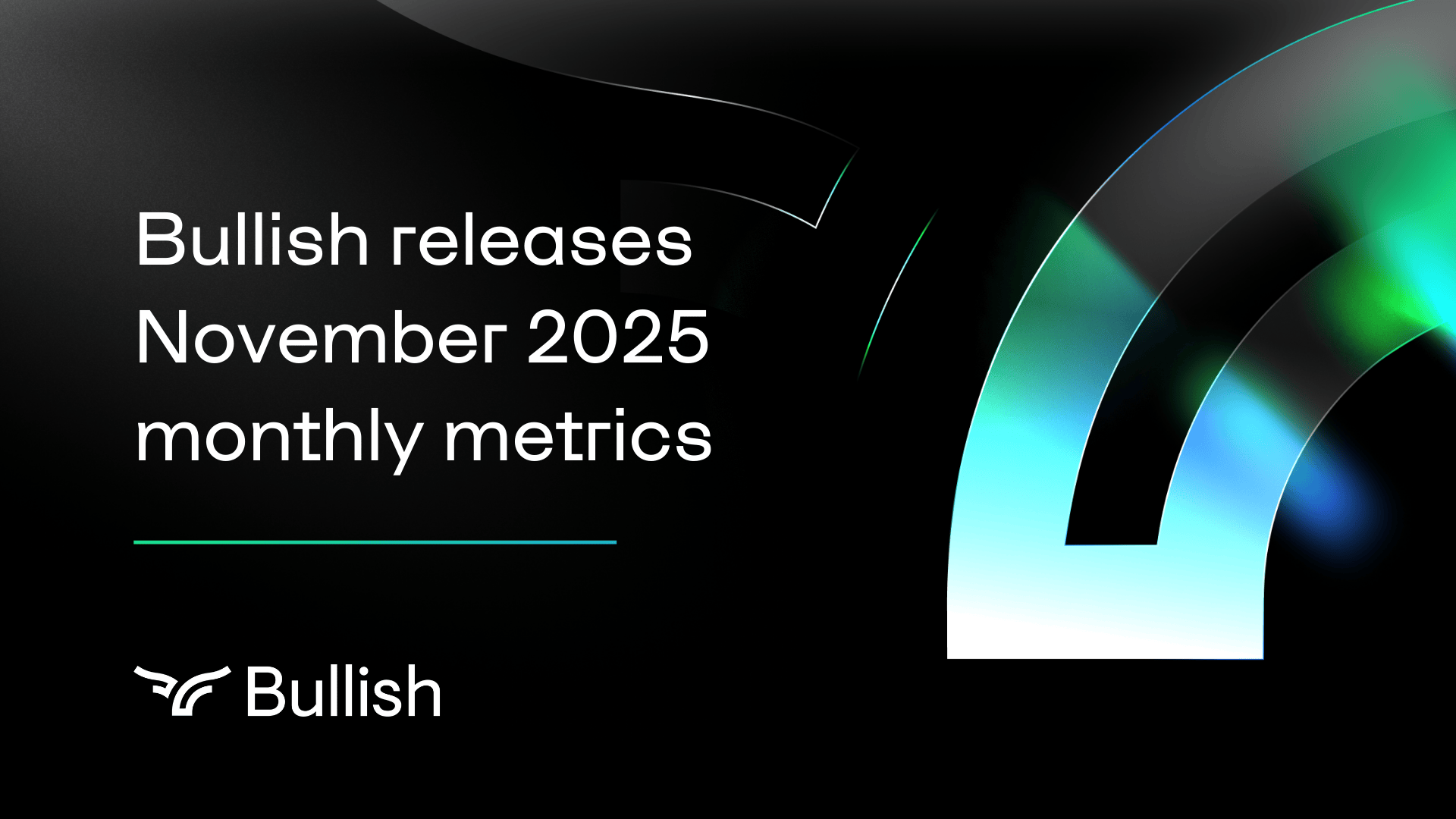The Bullish Professional Trading Competition is underway. Track the top traders.
The Graph is a decentralized protocol for indexing and querying blockchain data available on the Ethereum, POA and InterPlanetary File System (IPFS) networks.
To solve the problem of blockchain inability to let users query and read on-chain data, The Graph indexes the data for users to query data using the GraphQL API.
The idea of The Graph was born in late 2017 and introduced in the summer of 2018 by Yaniv Tal, Jannis Pohlmann, and Brandon Ramirez. In 2017 the trio was introduced to Ethereum which quickly sparked their interest and made them start building dApps. Since January 2019, The Graph has been providing a hosted service with more than 2,900 subgraphs for Web3 and DeFi apps. The idea of the Graph ecosystem was conceived and developed by Graph Protocol Incorporation, which was later renamed Edge & Node. Further in 2020, The Graph Foundation was also founded to support the diverse network and the various network participants.
The Graph was launched on the Ethereum blockchain in 2018 by Yaniv Tal, Brandon Ramirez and Jannis Pohlman. The Graph had a public sale of its native GRT token in October 2020 and by December 2020, the Graph mainnet launched.
Because The Graph is an open-source project, its users are able to use the GraphQL API to publish their own open APIs (“subgraphs”) for more efficient blockchain queries. The Graph learns what and how to index Ethereum data based on open API’s (subgraphs descriptions), known as the subgraph manifest. The subgraph description defines the smart contracts of interest for a subgraph, the events in those contracts to pay attention to, and how to map event data to data that The Graph will store in its database. GRT is The Graph’s ERC-20 work token that is locked-up by protocol participants (Indexers, Curators, and Delegators) to provide indexing and curating services to the network.






